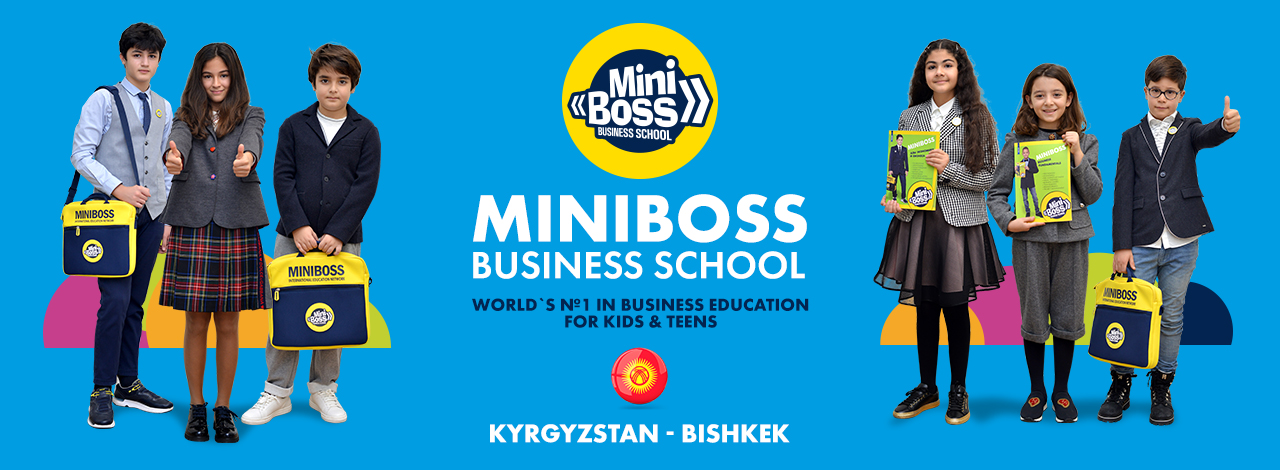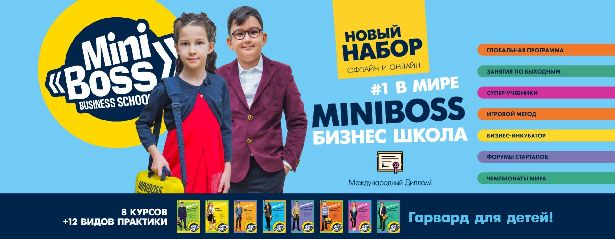
A change in how we educate is necessary to realize the radical future we see for the world
I imagine a relatively near-term future in which robotics and artificial intelligence will allow any of us, from ages eight to 108, to easily and quickly find answers, create products or accomplish tasks, all simply by expressing our desires. From “mind to manufactured, in moments.” In short, we’ll be able to do and create almost whatever we want.
In this future, what attributes will be most critical for our children to learn to become successful in their adult lives? What’s most important for educating our children today?
For me it’s all about the five guiding principles of passion, curiosity, imagination, critical thinking, and grit- so, given these principles, what would an elementary school curriculum look like in my opinion?
Storytelling/Communications
When I think about the skill that has served me best in life, it’s been my ability to present my ideas in the most compelling fashion possible, to get others onboard, and support birth and growth in an innovative direction. In my adult life, as an entrepreneur and a CEO, it’s been my ability to communicate clearly and tell compelling stories that has allowed me to create the future. I don’t think this lesson can start too early in life. So, imagine a module, year after year, where our kids learn the art and practice of formulating and pitching their ideas. The best of oration and storytelling. Perhaps children in this class would watch TED presentations, or maybe they’d put together their own TEDx for kids. Ultimately, it’s about practice and getting comfortable with putting yourself and your ideas out there, and overcoming any fears of public speaking.

Passions
A modern school should help our children find and explore their passion(s). Passion is the greatest gift of self-discovery. It is a source of interest and excitement, and is unique to each child.
The key to finding passion is exposure. Allowing kids to experience as many adventures, careers and passionate adults as possible. Historically, this was limited by the reality of geography and cost, implemented by having local moms and dads presenting in class about their careers.
But in a world of YouTube and virtual reality (VR), the ability for our children to explore 500 different possible careers or passions during their K-6 education becomes not only possible, but compelling. I imagine a module where children share their newest passion each month, sharing videos (or VR experiences), and explaining what they love and what they’ve learned.

Curiosity and Experimentation
Einstein famously said: “I have no special talent. I am only passionately curious.” Curiosity is innate in children, and many times lost later in life. Arguably, it can be said that curiosity is responsible for all major scientific and technological advances- the desire of an individual to know the truth.
Coupled with curiosity is the process of experimentation and discovery. The process of asking questions, creating and testing a hypothesis, and repeated experimentation until the truth is found. As I’ve studied the most successful entrepreneurs and entrepreneurial companies, from Google and Amazon to Uber, their success is significantly due to their relentless use of experimentation to define their products and services.
Here I imagine a module which instills in children the importance of curiosity and gives them permission to say: “I don’t know, let’s find out.”
Further, a monthly module that teaches children how to design and execute valid and meaningful experiments. Imagine children who learn the skill of asking a question, proposing a hypothesis, designing an experiment, gathering the data and then reaching a conclusion.
Persistence/Grit
Doing anything big, bold, and significant in life is hard work. You can’t just give up when the going gets rough. The mindset of persistence, of grit, is a learned behavior and, I believe, can be taught at an early age, especially when it’s tied to pursuing a child’s passion.
I imagine a curriculum that, each week, studies the career of a great entrepreneur and highlights their story of persistence. It would highlight the individuals and companies that stuck with it, iterated, and ultimately succeeded.
Further, I imagine a module that combines persistence and experimentation in gameplay such as that found in Dean Kamen’s FIRST LEGO league, where fourth graders (and up) research a real-world problem such as food safety, recycling, energy and so on, and are challenged to develop a solution.
Empathy
Empathy, defined as “the ability to understand and share the feelings of another,” has been recognized as one of the most critical skills for our children today. And while there has been much written, and great practices for instilling this at home and in school, today’s new tools accelerate this.

For more than a decade, Bailenson’s lab at Stanford has been studying how VR can make us better people. Through the power of VR, volunteers at the lab have felt what it is like to be Superman (to see if it makes them more helpful), a cow (to reduce meat consumption), and even a coral (to learn about ocean acidification).
Silly as they might seem, these sorts of VR scenarios could be more effective than the traditional public service ad at making people behave. Afterwards, they waste less paper. They save more money for retirement. They’re nicer to the people around them. And this could have consequences in terms of how we teach and train everyone from cliquey teenagers to high court judges.
Ethics/Moral Dilemmas
Related to empathy, and equally important, is the goal of infusing kids with a moral compass. Over a year ago, I toured a special school created by Elon Musk for his five boys (age 9-14). One element that is persistent in that small school of under 40 kids is the conversation about ethics and morals, a conversation manifested by debating real-world scenarios that our kids may one day face.
The 3R Basics (Reading, wRiting, and aRithmetic)
There’s no question that young children entering kindergarten need the basics of reading, writing, and math. The only question is what’s the best way for them to get it? We all grew up in the classic mode of a teacher at the chalkboard, books and homework at night. But I would argue that such teaching approaches are long outdated, now replaced with apps, gameplay, and the concept of the flip classroom.
Pioneered by high school teachers Jonathan Bergmann and Aaron Sams in 2007, the flipped classroom reverses the sequence of events from that of the traditional classroom.
Students view lecture materials, usually in the form of video lectures, as homework prior to coming to class. In-class time is reserved for activities such as interactive discussions or collaborative work- all performed under the guidance of the teacher.

Creative Expression and Improvisation
Every single one of us is creative. It’s human nature to be creative- the thing is that we each might have different ways of expressing our creativity. We must encourage kids to discover and to develop their creative outlets early. In this module, imagine showing kids the many different ways creativity is expressed -from art to engineering to music to math- and then guiding them as they choose the area (or areas) they are most interested in.
Critically, teachers (or parents) can then develop unique lessons for each child based on their interests, thanks to open education resources like YouTube and the Khan Academy. If my child is interested in painting and robots, a teacher or AI could scour the Web, and put together a custom lesson set from videos/articles where the best painters and roboticists in the world share their skills.
Adapting to change is critical for success, especially in our constantly changing world today. Improvisation is a skill that can be learned, and we need to be teaching it early. In most collegiate “improv” classes, the core of great improvisation is the “Yes, And…” mindset. When acting out a scene, one actor might introduce a new character or idea, completely changing the context of the scene. It’s critical that the other actors in the scene say “Yes, and…” accept the new reality, then add something new of their own. Imagine playing similar roleplay games in elementary schools, where a teacher gives the students a scene/ context and constantly changes variables, forcing them to adapt and play.
Entrepreneurship and Sales
At its core, entrepreneurship is about identifying a problem (an opportunity), developing a vision on how to solve it, and working with a team to turn that vision into reality. I mentioned Elon’s school, Ad Astra: here, again, entrepreneurship is a core discipline where students create and actually sell products and services to each other and the school community.
Related to entrepreneurship is sales. In my opinion, we need to be teaching sales to every child at an early age. Being able to “sell” an idea (again related to storytelling) has been a critical skill in my career, and it is a competency that many people simply never learned.
The lemonade stand has been a classic, though somewhat meager, lesson in sales from past generations, where a child sits on a street corner and tries to sell homemade lemonade for $0.50 to people passing by.
Language
A little over a year ago, I spent a week in China meeting with parents whose focus on kids’ education is extraordinary. One of the areas I found fascinating is how some of the most advanced parents are teaching their kids new languages: through games. On the tablet, the kids are allowed to play games, but only in French. A child’s desire to win fully engages them, and drives their learning rapidly.
Beyond games, there’s virtual reality. We know that full immersion is what it takes to become fluent (at least later in life). A semester abroad in France or Italy, and you’ve got a great handle on the language and the culture. But what about for an eight-year-old?
Imagine a module where for an hour each day, the children spend their time walking around Italy in a VR world, hanging out with AI-driven game characters who teach them, engage them, and share the culture and the language in the most personalized and compelling fashion possible.
With education being one of the biggest budgetary spends in governments across the Gulf region, the opportunity to transform this sector couldn’t be more timely. As we build the classrooms of the future (and some countries like Finland are already on their way), we need to ensure we’re prepared to responsibly experiment and invest in ways that go beyond brick and mortar, and “legacy-tested” frameworks, using a convergence of future-proof principles, curricula, technology, and mindsets. And never forget, that it’s not just our children whose futures are at stake- our world is at stake.
Source



